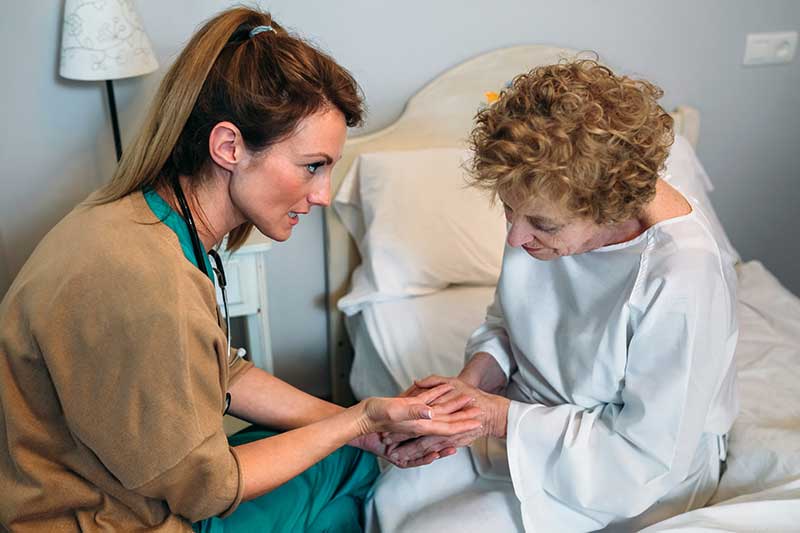When faced with a serious illness, patients and their families often hear the terms “palliative care” and “hospice care.” While both provide compassionate care aimed at easing suffering and improving quality of life, they serve distinct purposes and are applied at different stages of patient care. Understanding these differences is crucial for making informed decisions about healthcare and ensuring loved ones receive the appropriate support they need.
What is Palliative Care?
Palliative care is a specialized form of medical care designed to provide relief from the symptoms and stress of a serious illness. Its primary goal is to improve quality of life for both the patient and the family. It is appropriate at any stage of a serious illness and can be provided alongside curative treatments.
Key aspects of palliative care include:
- Symptom management for issues like pain, fatigue, nausea, and difficulty breathing.
- Emotional, psychological, and spiritual support to help patients and families cope with the challenges of a serious illness.
- Coordination of care to streamline treatment across multiple healthcare providers.
- Assistance with navigating the healthcare system, including understanding different treatment options and help with decision-making.
What is Hospice Care?
Hospice care, on the other hand, is a type of palliative care specifically designed for patients who are nearing the end of life. When medical treatments can no longer cure a disease or the patient chooses not to undergo certain treatments, hospice care becomes the preferred option. Typically, hospice care is reserved for patients who are expected to have six months or less to live, as determined by a physician.
Features of hospice care include:
- Comprehensive pain management and symptom control.
- Emotional and spiritual support tailored to the patient and their family’s needs, respecting the patient’s wishes and goals for end-of-life care.
- A team approach to care delivery, often including doctors, nurses, social workers, therapists, counselors, and trained volunteers.
- Support for the family and caregivers during the patient’s illness and through bereavement services after the patient’s death.
The Overlap and the Differences
Both palliative and hospice care use a multidisciplinary approach to treat the “whole person,” not just the disease. This holistic treatment includes physical, emotional, spiritual, and social care. The main difference lies in the stage of the disease at which the care is provided and whether or not the patient is still seeking curative treatments.
Palliative Care:
- Can begin at diagnosis, and at the same time as treatment.
- Is provided simultaneously with curative and life-prolonging treatments.
- Is available to patients of any age and at any stage of a serious illness.
- Focuses on relieving symptoms and side effects.
Hospice Care:
- Is typically given during the last six months of life when it is clear that the patient will not survive the illness.
- Involves cessation of curative treatments, focusing on comfort and quality of life.
- Available primarily in the patient’s home, but also in hospice centers, hospitals, and nursing homes.
- Includes bereavement support for the family after the patient’s death.
Transitioning Between Services
A patient may transition from palliative care to hospice care as their illness progresses. This typically occurs when the focus shifts from managing symptoms in conjunction with curative treatment to comfort care when further aggressive treatments are no longer desired or beneficial.
Conclusion
Choosing between palliative care and hospice care depends on the individual circumstances of the patient and their goals for treatment and quality of life. At High Desert Hospice, we support patients and their families with information, guidance, and compassionate care, no matter where they are in their journey with a serious illness. By understanding the unique roles of palliative and hospice care, families can make choices that align with their values and ensure their loved ones live as comfortably and fully as possible at every stage of care.













